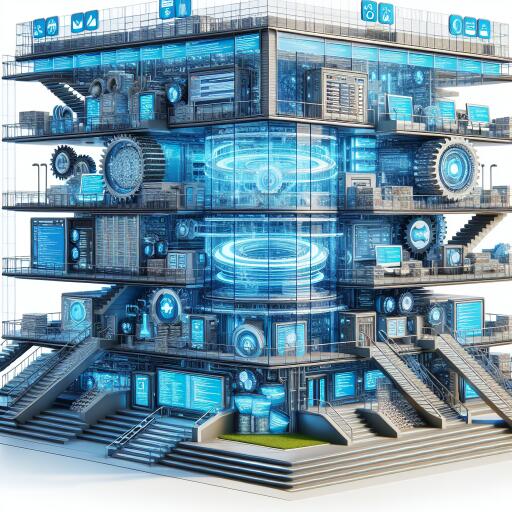Embracing Clean Architecture in Software Development
In the rapidly evolving realm of software development, the pressure is on for architects and developers to craft systems resilient enough to thrive over time. As applications grow in complexity and user expectations climb, the quest for effective architectural frameworks has led many to the doorstep of clean architecture. This methodology promises an adaptive, maintainable approach to system design, capable of confronting the present and future complexities of software development head-on.
Understanding Clean Architecture
At its essence, clean architecture advocates for a decoupled design, emphasizing a separation of concerns across the codebase. This approach aims to create systems that are easy to understand, extend, and maintain by organizing code into distinct layers, each defined by its responsibilities and boundaries.
Key Advantages of Clean Architecture
- Resilience to Change: It promotes loose coupling between components, facilitating easy changes in one part of the system without disrupting others. This enhances the system’s ability to evolve while maintaining stability.
- Testability: The distinct separation of components enables isolation of functionalities, simplifying unit and integration testing and thereby bolstering system reliability.
- Maintainability: By enforcing modular design and minimizing code interdependencies, clean architecture simplifies system understanding and future modifications, effectively reducing technical debt.
- Scalability: Its principles support system growth and adaptation, addressing user base expansion, data volume increase, and feature complexity without architectural straining.
- Cost Efficiency: The architecture’s streamlined maintenance and adaptability lower development and operational costs over the long haul.
- Long-Term Viability: By insulating the core business logic from external shifts in technology and market demands, clean architecture extends the software’s lifespan, enhancing its strategic value.
Building Blocks of Clean Architecture
Clean architecture structures a system into four main layers, each serving a unique purpose while interacting with others to create a cohesive whole:
- Entities: Represent the core business logic, encapsulating crucial roles and data structures independent of the infrastructure.
- Use Cases (Interactors): Orchestrate entity interactions, embody application-specific business rules, and ensure their independence from the delivery mechanism.
- Interfaces: Act as conduits between the application’s core and the outer world, translating data formats across boundaries.
- Presenters and Gateways: Prepare data for presentation and manage external system interactions, respectively, further separating the system’s core from its peripherals.
A Practical Illustration: Adaptive E-Learning Platform
Consider the design of an e-learning platform tailored to user needs using clean architecture:
- Entities: User and content entities holding essential attributes like ID, name, preferences, and progress.
- Use Cases: Includes tracking progress, recommending content, and assessing performance, each modular and independently testable.
- Interface Adapters: Comprise adapters for databases, web APIs, and third-party services, ensuring smooth data conversion and communication.
- Frameworks and Drivers: Encompass web and database frameworks, and UI management for a seamless user interface experience.
Amplifying Resilience with Clean Architecture
Beyond the immediate benefits of maintainability and scalability, employing clean architecture positions software projects for long-term success and adaptability. Integration with best practices such as SOLID principles, unit testing, and infrastructure-as-code further reinforces this resilience, preparing systems to tackle unforeseen changes in requirements or technology gracefully.
Nevertheless, it’s crucial to weigh the pros and cons, recognizing that clean architecture’s layered approach may not suit every project. Concerns include potential overengineering, increased initial development time, and the risk of misapplying its principles, leading to inefficiency.
In conclusion, clean architecture offers a robust framework for developing adaptable, maintainable software systems. By understanding and applying its principles effectively, developers can craft systems capable of enduring through technological shifts, ensuring a lasting impact and a smooth user experience across a wide range of applications.










